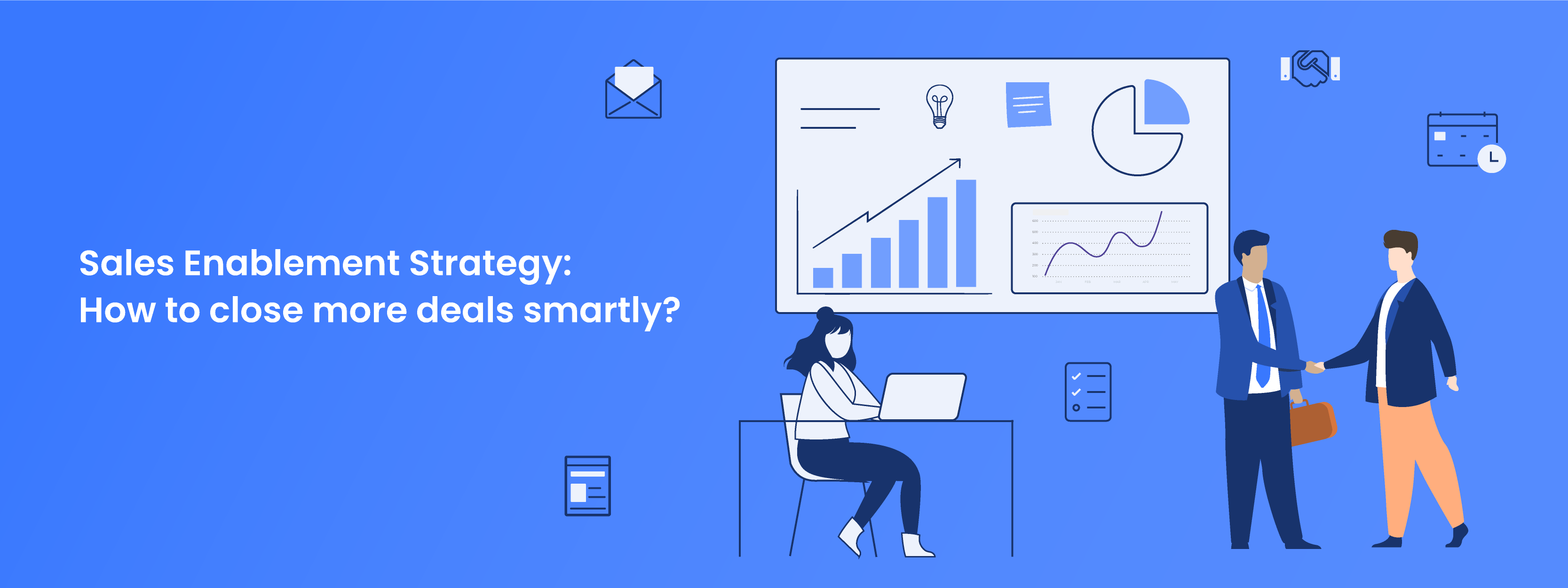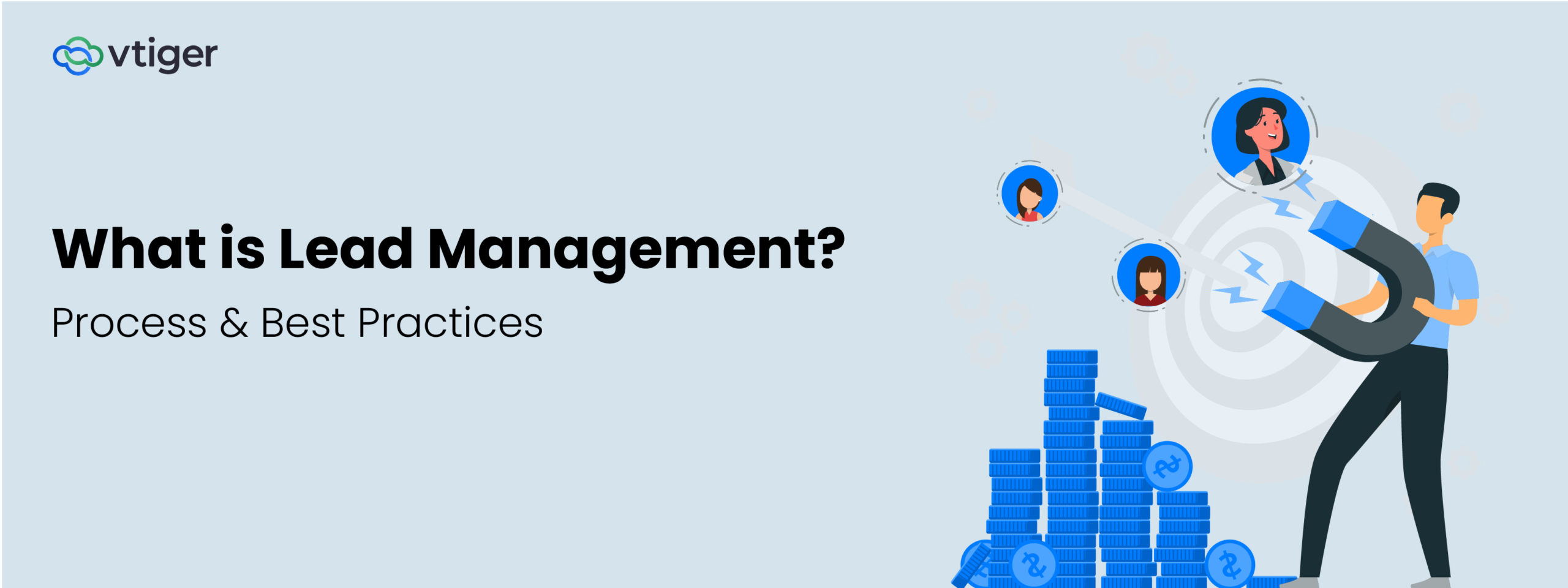Every move you make in your business is predominantly based on the revenue you want to earn. And revenues are dependent on achieving forecasted sales targets that your sales team may not always meet. Ideally, sales being the backbone of a business, should never falter.
There may be myriad reasons for the sales team not reaching their targets. Maybe your sales process is lacking, or the sales team is not getting enough support and therefore is failing to generate better outcomes. Maybe you have not incorporated a sales enablement strategy in your organization.
As per Spotio, 42% of sales reps are of the opinion that they are not getting enough information before heading for a call1. A serious concern, as sales reps need to have access to the latest data for customer engagement and acquisition.
But first, what is sales enablement
Sales enablement is a strategic process of equipping the sales team with the necessary tools and resources supplies to close more deals. For example, effective sales guidance, latest information, updated content, technology support, and qualitative training to engage with the customers.
Sales enablement tools assist reps in acquiring knowledge about the product to engage with customers and present the product correctly to them.
Why do you need a sales enablement strategy?
An effective sales enablement strategy provides sales reps with best practices, knowledge, and resources to succeed. It provides simple techniques to close more deals and scale-up revenue.
Key elements required to define a sales enablement strategy
To enable your sales team with the right tools and ample support, you need to define a sales enablement strategy specific to your business. An ideal sales strategy points you towards countless opportunities to upsell and cross-sell, ensures an enriching customer experience, and boosts team productivity.
Let us look at the key elements that can help you come up with a good strategy:

Well-defined Sales Process
A well-defined sales process helps create the structure and flow required for the smooth functioning of your sales teams. It improves sales performance and ensures better collaboration within the organization. You will also see productivity increasing. Sales processes also help with training and onboarding. New hires will find a way to progress by upskilling themselves.
Specific Sales Goals
Defining specific sales goals that align with the goals of your organization helps provide the overall picture for your teams. A clear goal set aids you in defining a sales process step by step and prioritizing tasks. With better sales goals, you can focus on maximizing win rates over a period.
Accurate Sales Content
Providing your sales team with high-quality content should be an essential part of your strategy. Sales content can include the latest information about a product, product demos, case studies, blog posts, etc. Sales reps sharing this content with the customers or using it to make informed decisions will create a greater impact on the customers.
Sales Enablement Software
Gone are the days when things were done manually to enable sales. Sales teams use technology and tools to get work done. If you are using sales enablement software, you can centralize your sales resources in a single place. All your reps can access the information, allowing different teams to engage in sales activities without much effort. It also allows you to edit, manage and share sales materials with ease.
Reports and Analytics
A good sales enablement strategy should help you generate robust reports to give you data-driven insights. Reports help you monitor and correct gaps in your sales process and keep everyone aligned to organizational goals. Insights help you keep an eye on product performances as well as team performances. You can also create specific coaching programs to ensure your sales team performs better based on performance data.
Training and Coaching
Onboarding, coaching, and training are used to train employees to learn about the organization, the products you sell, and the sales process you follow. While onboarding programs help new joiners assimilate faster into your organization, coaching on the job helps your current employees to improve their performance and increase productivity.
You can ensure your teams learn about using the right tools and content to enhance conversations for effective customer collaboration through a proper training program.
Are you looking for a CRM that enables your sales teams with the key elements mentioned above?
Try out Vtiger, which provides essential features of the Sales Enablement within the CRM.
Sign up for a 15-days free trial and discover for yourself.
————————————————————————–
Reference: 1 – 149 Eye-Opening Sales Statistics To Consider In 2022 by Spotio



